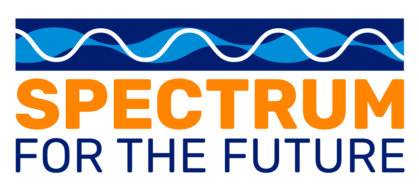Advocacy Groups Urge NTIA To ‘Fast Track’ 3 Spectrum Bands
Law360
Nadia Dreid
January 4, 2024
The Biden administration’s national spectrum strategy has singled out five bands for further study on potential new uses, but several public interest groups have joined together to tell the U.S. Department of Commerce that they should be fast-tracking their analysis of three of those bands.
The National Telecommunications and Information Administration, an agency of the Commerce Department, has given itself two years to study the five bands that it has identified as possible candidates for new use, but a trio of interest groups told the department Tuesday that was too long.
The groups — Open Technology Institute, Public Knowledge and the Schools, Health & Libraries Broadband Coalition — said they were writing to “urge NTIA to adopt a timeline with a goal of a consensus on a sharing framework for these three fast track bands before the end of 2024.”
The three bands that caught the groups’ focus are the lower 7 GHz band, the lower 37 GHz band and the lower 3 GHz band, according to their comments. They think the former sub-band would be ideal for low-power, indoor-only use, while the latter two could be used for coordinated sharing between federal and nonfederal entities.
The bands stand out, according to the group, because of “pending FCC proceedings or already-completed federal studies” that they believe should be good enough for the NTIA “in consultation with incumbent federal users and the FCC, to agree that the commission can issue a notice or further notice of proposed rulemaking to more quickly make these underutilized bands widely available for commercial use.”
The long-awaited plan for managing the nation’s airwaves dropped back in November, outlining a future where numerous agencies work together to free up spectrum in a way that balances both the government’s needs with those of the private sector.
The national spectrum strategy calls for the government to develop spectrum policy under four “pillars.” The NTIA is working on the first pillar right now, which is studying certain bands to see if some spectrum from them can be set aside for new uses.
Read the full piece from Law 360 here.
About Us: Spectrum for the Future represents a diverse coalition of innovators, anchor institutions, and technology companies who agree that an inclusive approach to wireless spectrum policy is essential to America’s future technology leadership, industrial might, and global competitiveness.
